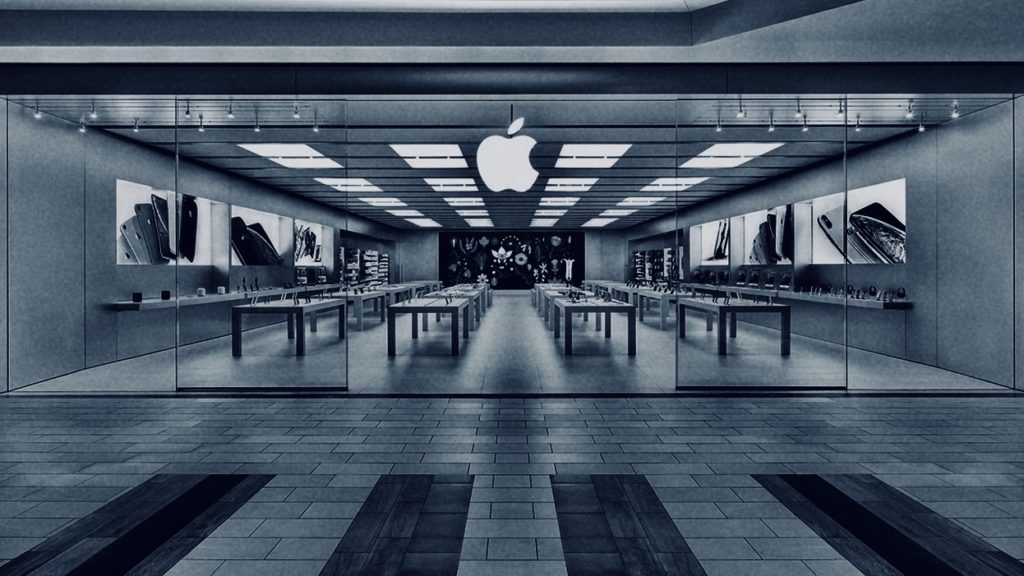
A challenge was thrown down on Twitter recently: If we had a Genius Bar for healthcare what would it look like? (paraphrased and originally asked by health designer Nick Dawson)
I’ve seen this question before and it reflects a recurring ideal in healthcare: the efficient, service-oriented transactional experience where a problem is identified and fixed. But the Genius Bar solution may be more fantasy that reality. And it has to do with the problems patients have and the models needed to solve them.
My world in two examples
There are two kinds of problems that I work with every day in my clinic:
- Problems arising from an unknown cause.
- Known problems with a specific solution.
Let me give you an example of each.
- A problem arising from an unknown cause: A school-aged child with weight loss and diarrhea.
- A known problem that needs a specific solution: A toddler who swallowed a penny that got lodged in the esophagus.
There are many possible causes for the first child’s presentation. The evaluation of diarrhea and weight loss in a child takes a lot of time beginning with a careful history and physical followed by laboratory evaluation and possibly invasive testing. The evaluation doesn’t follow one defined trajectory and is somewhat intuitive in its approach. It likely can’t be resolved in a single clinic visit. The second child has a defined problem that can be fixed with a 10-minute endoscopic foreign body retrieval.
Genius Bar for healthcare clients are not created equal
In The Innovator’s Prescription Clayton Christensen and his co-authors describe the models of care necessary for helping my two patients. Here are two of Christensen’s most commonly discussed models:
Solution shops. These “shops” are businesses that are structured to diagnose and solve unstructured problems. Consulting firms, advertising agencies, research and development organizations, and certain law firms fall into this category. Solution shops deliver value primarily through the people they employ—experts who draw upon their intuition and analytical and problem-solving skills to diagnose the cause of complicated problems. After diagnosis, these experts recommend solutions. The solution shop recognizes the complexity involved addressing a hairy clinical problem.
Value-adding process businesses. Organizations with value-adding process business models take in incomplete or broken things and then transform them into more complete outputs of higher value…Many medical procedures that occur after a definitive diagnosis has been made are value-adding process activities. These range from a nurse prescribing medication to cure strep throat after it was diagnosed by a rules-based diagnostic test, to hernia repair, angioplasty, and laser eye surgery. VAP procedures are possible only after a definitive diagnosis has been made first…. The VAP model recognizes the algorithmic, black and white nature of things like simple surgical repairs.
I have to add that when it comes to these models I think we underestimate the power of some solution shops to operationalize the evaluation and treatment of complex, hidden problems. In this respect some solution shops can lean toward VAP-like operations. Case-in-point is the carefully coordinated 72 hour visit to the Mayo Clinic where a complex problem is evaluated and an opinion rendered.
My mother-in-law is not a MacBook Pro
The Genius Bar works as a solution shop with VAP features. And it works because of the simplicity of the Apple system. The unknowns usually represent a limited number of problems that can be algorithmically identified and fixed.
But my mother-in-law is nothing like a MacBook Pro. Humans are complex systems nothing like the MacOS and its hardware. In fact, many health-related issues are complex enough that they are projects (as Jay Parkinson of Crossover Health likes to call them) that are completed over a continuum involving a trusted team using a variety of communication modalities.
Despite our human complexities some health-related issues are transactional and amenable to what could be done at a Genius Bar for healthcare. These transactions tend to be mediated through less trendy video tele-health encounters, urgent care visits and even telephone calls. Designer Amber Case railing on ‘shiny futures’ has suggested, “We need to stop looking at what looks cool and focus on what works. And what works often looks boring.”
Failing to recognize the paradox of the present
My discussion of the Genius Bar fantasy fails to recognize the paradox of the present. As popularized by futurist Amy Webb in The Signals Are Talking: Why Today’s Fringe is Tomorrow’s Mainstream it suggests we can only understand things in the context of our nowness. Or, we just can’t see beyond what we know to be true at this moment. But the tools we have today are not the tools we will aways have. And it’s likely that precision point-of-care diagnostics a decade from now could bring us closer to a Genius Bar model of care delivery that Nick Dawson’s original tweet sought to imagine.
If you like this post you you might subscribe to the 33 charts newsletter.
Links to Amazon are affiliate links. Image via Apple.